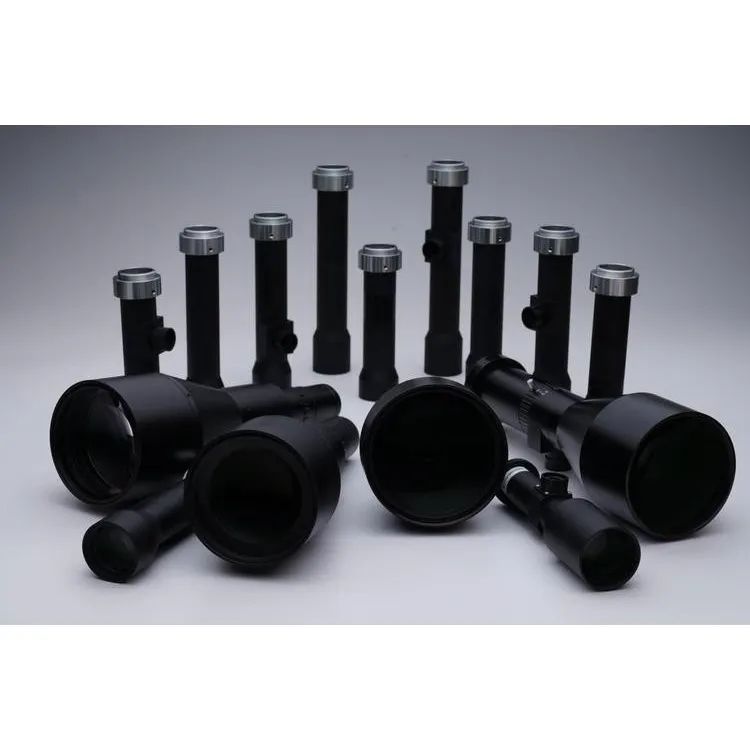Top Benefits of Quality Telecentric Lens Housing in Industrial Applications
2024-11-13
For industries that rely on high-precision imaging, such as electronics manufacturing, pharmaceutical inspection, and robotics, telecentric lenses provide unparalleled accuracy. But even the best telecentric lens can’t deliver optimal results without the right housing. Here, we’ll look at the top benefits of investing in quality telecentric lens housing and why it matters for industrial applications.
1. Enhanced Image Stability
A quality housing maintains the precise positioning of the optical components within a telecentric lens. This stability is critical for industries that require highly consistent measurements, as even minor shifts in the optical path can lead to measurement errors.
- Mechanical stability: Quality housing resists shifts from external forces such as vibration or impacts, ensuring the lens remains precisely aligned.
- Consistent magnification: With a stable housing, the telecentric lens consistently captures images without distortion, which is crucial for accurate measurements.

2. Protection from Environmental Hazards
In industrial environments, lenses are exposed to dust, moisture, and vibrations. A well-constructed telecentric lens housing protects against these hazards, extending the life of the lens and preserving image quality.
- Sealed enclosures: Many housings are designed to be dustproof or even waterproof, allowing them to be used in harsher environments.
- Vibration resistance: Some housings incorporate vibration-dampening features, which prevent the lens from being affected by nearby machinery or movements.
3. Improved Thermal Stability
Industrial applications often involve varying temperatures, which can impact a lens's performance. Quality telecentric housings can include features to help manage or dissipate heat, keeping the lens cool and reducing thermal drift.
- Heat dissipation features: Aluminum or other metal housings may have fins or other features to promote heat dissipation.
- Temperature-resistant materials: Housing made from temperature-stable materials can reduce expansion or contraction under heat, ensuring continued performance.
4. Easy Integration into Systems
Many telecentric lens housings are designed for easy integration into existing industrial setups. They come with multiple mounting options, such as thread mounts or standard dovetail mounts, making them compatible with machine vision and robotic systems.
- Flexible mounting: With standardized mounts, you can easily attach the lens to other components or cameras.
- Adjustable elements: Some housings allow for adjustable focal lengths or working distances, making them versatile for various applications.
5. Optimized for Customization
Some housings are designed to support additional components, such as filters, lighting, or shutters. This flexibility enables users to customize the imaging setup for specific tasks, improving the overall functionality of the system.
- Filter holders: Some housings include space for optical filters, which can enhance image contrast or reduce glare.
- Lighting mounts: Certain housings allow for easy attachment of lights, improving image quality in low-light conditions.
Final Thoughts
In industrial imaging, quality telecentric lens housing is an invaluable investment that ensures durability, stability, and precision. By selecting a well-designed housing, you’re not only protecting the lens but also enhancing the efficiency and accuracy of your imaging system.


